
Chiapas: A Journey Through Mexico's Natural and Cultural Wonders
Discover Chiapas, Mexico's treasure trove of natural wonders, ancient ruins, and vibrant cultural experiences, perfect for nature lovers, history buffs, and adventure seekers alike.
Nestled in the southern part of Mexico, Chiapas is a land of incredible natural beauty and rich cultural heritage. From lush rainforests and towering waterfalls to ancient Mayan ruins and vibrant indigenous markets, Chiapas offers a diverse array of experiences for every traveler. The state is home to the stunning Palenque archaeological site, where you can explore the impressive ruins of a once-thriving Mayan city. Surrounded by dense jungle, Palenque's temples and palaces are a testament to the ingenuity and artistry of the ancient civilization. For nature enthusiasts, Sumidero Canyon is a must-visit. This dramatic gorge, carved by the Grijalva River, offers breathtaking views and the chance to spot diverse wildlife, including crocodiles, monkeys, and a variety of bird species. Boat tours provide an up-close look at the canyon's towering cliffs and waterfalls. San Cristóbal de las Casas, a charming colonial town, is the cultural heart of Chiapas. Its cobblestone streets, colorful buildings, and lively markets are perfect for leisurely exploration. Here, you can also learn about the traditions and crafts of the local indigenous communities, who play a vital role in the region's cultural fabric. Chiapas is also a paradise for adventure seekers. From hiking in the Lacandon Jungle to exploring the caves of El Chorreadero, there are plenty of opportunities for outdoor activities. The state's diverse landscapes offer something for everyone, whether you're looking for adrenaline-pumping adventures or serene nature walks.
Local tips in Chiapas
- Visit Palenque early in the morning to avoid crowds and enjoy the site in the cooler hours of the day.
- Bring cash when visiting markets and small towns, as not all places accept credit cards.
- Pack insect repellent and sunscreen, especially if you plan to explore the jungles and outdoor attractions.
- Learn a few basic Spanish phrases to enhance your interactions with locals, as English is not widely spoken.
- Try the local cuisine, especially dishes made with maize and fresh produce from the region.
- Respect the customs and traditions of the indigenous communities, and always ask for permission before taking photos.
Neighbourhoods in Chiapas
Chiapas: A Journey Through Mexico's Natural and Cultural Wonders
Nestled in the southern part of Mexico, Chiapas is a land of incredible natural beauty and rich cultural heritage. From lush rainforests and towering waterfalls to ancient Mayan ruins and vibrant indigenous markets, Chiapas offers a diverse array of experiences for every traveler. The state is home to the stunning Palenque archaeological site, where you can explore the impressive ruins of a once-thriving Mayan city. Surrounded by dense jungle, Palenque's temples and palaces are a testament to the ingenuity and artistry of the ancient civilization. For nature enthusiasts, Sumidero Canyon is a must-visit. This dramatic gorge, carved by the Grijalva River, offers breathtaking views and the chance to spot diverse wildlife, including crocodiles, monkeys, and a variety of bird species. Boat tours provide an up-close look at the canyon's towering cliffs and waterfalls. San Cristóbal de las Casas, a charming colonial town, is the cultural heart of Chiapas. Its cobblestone streets, colorful buildings, and lively markets are perfect for leisurely exploration. Here, you can also learn about the traditions and crafts of the local indigenous communities, who play a vital role in the region's cultural fabric. Chiapas is also a paradise for adventure seekers. From hiking in the Lacandon Jungle to exploring the caves of El Chorreadero, there are plenty of opportunities for outdoor activities. The state's diverse landscapes offer something for everyone, whether you're looking for adrenaline-pumping adventures or serene nature walks.
When is the best time to go to Chiapas?
Iconic landmarks you can’t miss
Zona Arqueológica Palenque
Uncover the ancient secrets of the Maya civilization at Zona Arqueológica Palenque, a breathtaking archaeological site in the heart of Chiapas, Mexico.

Agua Azul Waterfalls
Experience the breathtaking beauty of Agua Azul Waterfalls in Chiapas, where turquoise waters and lush nature create an unforgettable adventure.

Parque Nacional Cañón del Sumidero
Explore the stunning beauty and diverse wildlife of Cañon del Sumidero National Park in Chiapas, a must-see destination for nature lovers and adventurers.
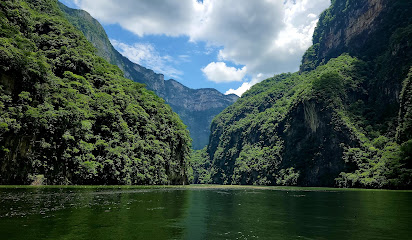
Parque Morelos Bicentenario
Discover the lush landscapes and cultural treasures of Parque Morelos Bicentenario, a serene park in Tuxtla Gutiérrez, perfect for relaxation and exploration.

Glorioso Cristo de Chiapas
Discover the breathtaking views and spiritual essence of the Glorioso Cristo de Chiapas, a monumental statue and cultural landmark in Copoya.
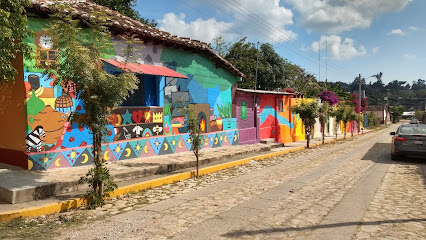
Catedral de San Cristóbal de las Casas
Explore the stunning Catedral de San Cristóbal de las Casas, a symbol of Chiapas' rich heritage and architectural beauty.
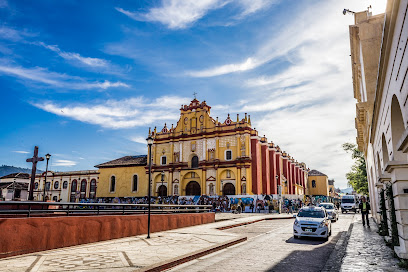
Catedral Metropolitana de San Marcos
Explore the stunning Catedral Metropolitana de San Marcos, a cultural and religious landmark in Tuxtla Gutiérrez, reflecting the heart of Chiapas.
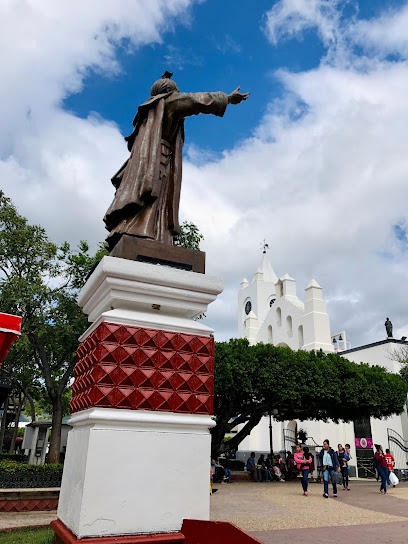
Parque Ecoturístico Rancho Nuevo
Discover the natural beauty and adventure of Parque Ecoturístico Rancho Nuevo, an ecological paradise in San Cristóbal de las Casas, Chiapas.
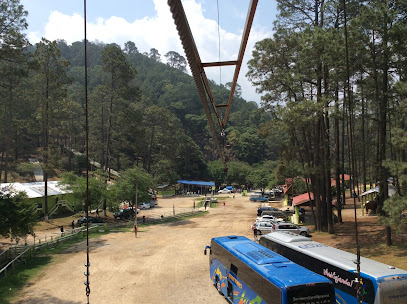
Archaeological Site of Yaxchilán
Discover the majestic ruins of Yaxchilán, a captivating archaeological site nestled in the lush jungles of Chiapas, revealing the secrets of the ancient Maya civilization.
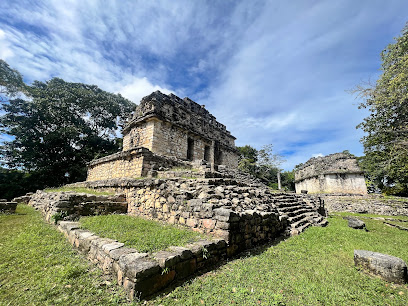
Grutas Del Mamut
Explore the enchanting Grutas Del Mamut, a stunning cave system and park near San Cristobal de las Casas, offering a unique blend of adventure and natural beauty.

Reserva Ecológica y Jardín de Orquídeas Moxviquil
Explore the beauty of nature at Moxviquil Ecological Reserve, a botanical garden rich in biodiversity and stunning orchids in Chiapas, Mexico.
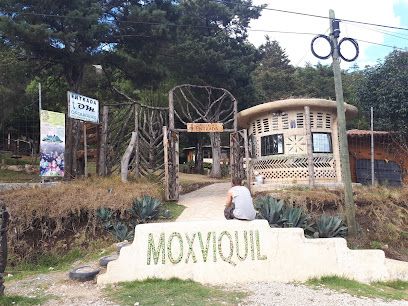
Parque Nacional Lagunas de Montebello
Explore the enchanting lakes and lush forests at Parque Nacional Lagunas de Montebello, a picturesque natural wonder in Chiapas, Mexico.
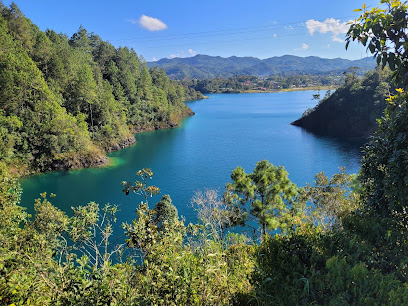
Bonampak
Explore Bonampak, a stunning archaeological site in Chiapas, Mexico, known for its breathtaking Mayan murals and rich cultural heritage.
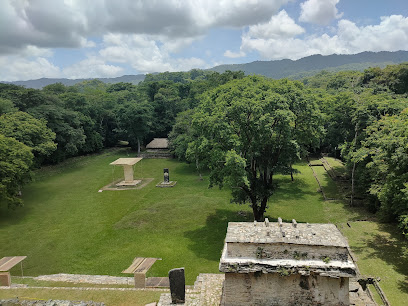
Mirador Cañón del Sumidero
Discover the stunning vistas of Mirador Cañón del Sumidero, an iconic observation deck showcasing breathtaking views of Mexico's natural beauty.
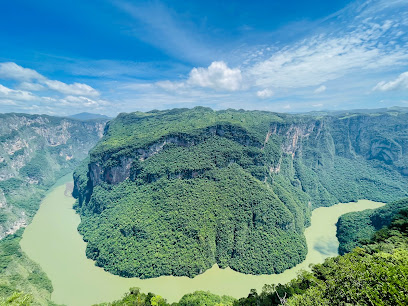
Reserva de la Biósfera Montes Azules
Discover the breathtaking landscapes and rich biodiversity of Reserva de la Biósfera Montes Azules in Chiapas, Mexico, a true haven for nature lovers.
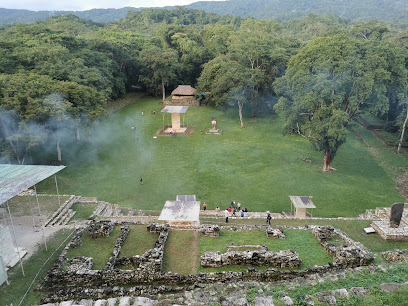
Unmissable attractions to see
Parque de la Marimba
Explore the lush greenery and vibrant culture of Parque de la Marimba, a musical oasis in the heart of Tuxtla Gutiérrez, Chiapas.

Zona Arqueológica Palenque
Explore Palenque's ancient ruins and immerse yourself in the rich heritage of the Mayan civilization amidst breathtaking jungle landscapes.

Agua Azul Waterfalls
Experience the stunning beauty of Agua Azul Waterfalls, a natural gem in Chiapas, Mexico, known for its vibrant turquoise cascades and rich biodiversity.

Centro Ecoturistico Cascadas el Chiflón
Explore the breathtaking waterfalls and lush landscapes at Centro Ecoturistico Cascadas el Chiflón, a paradise for nature lovers and adventure seekers in Chiapas.
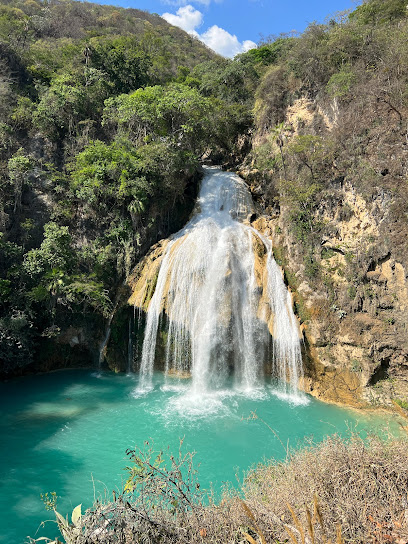
ZOOMAT
Discover the rich biodiversity of Chiapas at ZOOMAT, a unique zoo and conservation center in Tuxtla Gutiérrez.

Cañón del Sumidero
Discover the stunning cliffs and vibrant wildlife of Cañon del Sumidero, a must-visit national park in Chiapas, Mexico, perfect for adventure seekers and nature lovers.
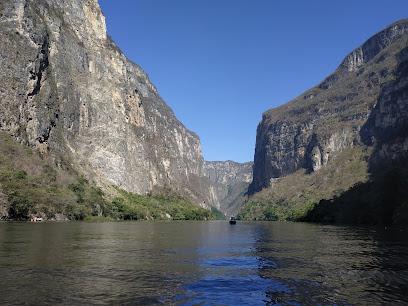
Museo del Ámbar
Explore the enchanting Museo del Ámbar in San Cristóbal de las Casas, where history and artistry of amber come to life in a captivating setting.
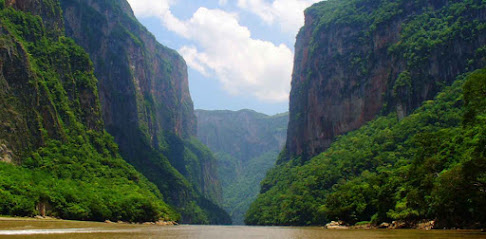
Reserva de la Biosfera La Sepultura
Explore the breathtaking biodiversity of Reserva de la Biosfera La Sepultura in Chiapas, Mexico, a UNESCO World Heritage Site of stunning natural beauty.
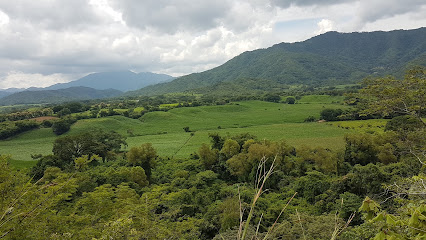
El Arcotete
Explore the breathtaking landscapes of El Arcotete, an ecological park filled with stunning rock formations, lush greenery, and serene trails for nature enthusiasts.
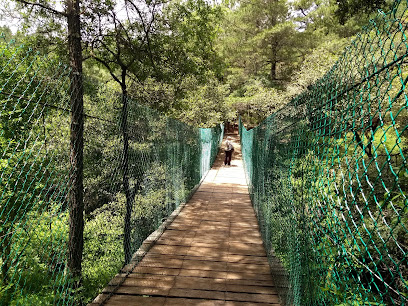
Aluxes Ecopark
Experience the rich biodiversity and stunning landscapes of Aluxes Ecopark in Chiapas, Mexico, a haven for eco-tourism and wildlife conservation.
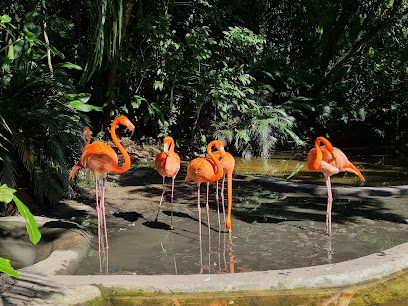
Iglesia de San Juan Chamula
Discover the unique fusion of indigenous traditions and Catholicism at the vibrant Iglesia de San Juan Chamula in Chiapas, Mexico.
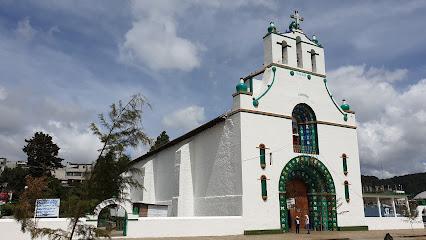
Parque Ecoturístico Rancho Nuevo
Explore the breathtaking Parque Ecoturístico Rancho Nuevo, a natural haven in San Cristóbal de las Casas, perfect for eco-tourism and outdoor adventures.
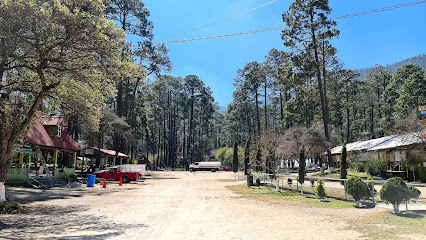
Archaeological Site of Yaxchilán
Explore Yaxchilán, a captivating archaeological site in Chiapas, Mexico, showcasing the ancient Maya civilization's stunning architecture and rich history.
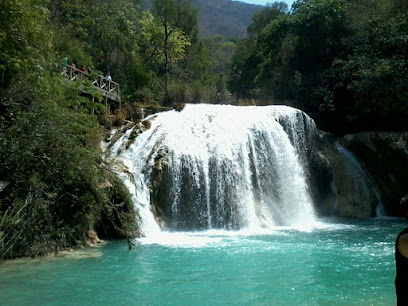
Museo Mesoamericano del Jade
Explore the stunning Museo Mesoamericano del Jade in San Cristóbal de las Casas, where the rich history and artistry of jade come to life.
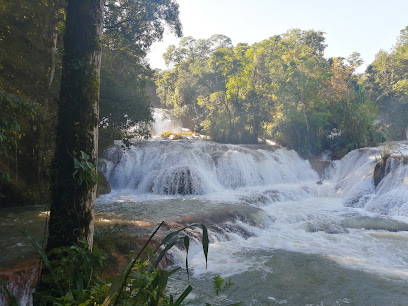
Grutas Del Mamut
Discover the breathtaking caves and lush landscapes of Grutas Del Mamut, a natural wonder in Chiapas near San Cristobal de las Casas.
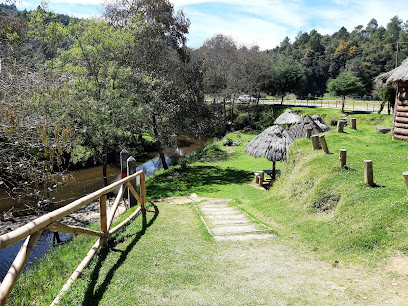
Essential places to dine
Restaurante Las Pichanchas
Experience authentic Mexican cuisine at Restaurante Las Pichanchas in Tuxtla Gutiérrez - where tradition meets flavor.
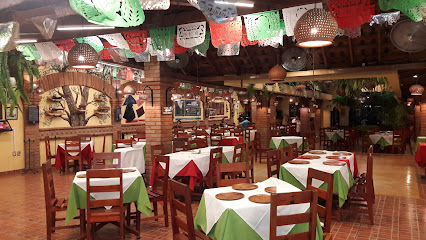
El Caldero
Discover authentic Mexican cuisine at El Caldero in San Cristóbal de las Casas – a delightful breakfast spot bursting with flavor.

Restaurante La Lupe
Discover authentic Mexican flavors at Restaurante La Lupe in San Cristóbal de las Casas – a must-visit for breakfast lovers!

Restaurante Las Pichanchas (San Cristóbal)
Discover authentic Chiapanecan cuisine at Restaurante Las Pichanchas in San Cristóbal de las Casas – where every meal tells a story.
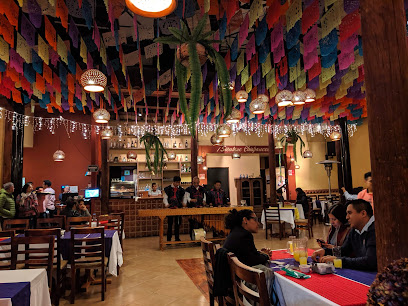
TierrAdentro Restaurante
Experience authentic Mexican flavors at TierrAdentro Restaurante in San Cristóbal de las Casas - where every meal tells a story.
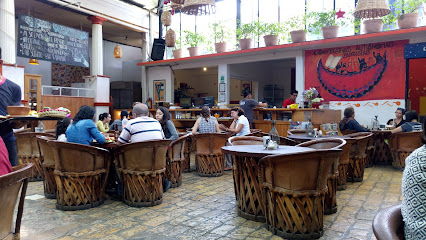
Pachamama
Experience authentic Argentinian cuisine at Pachamama in San Cristóbal de las Casas – where every pizza tells a story.
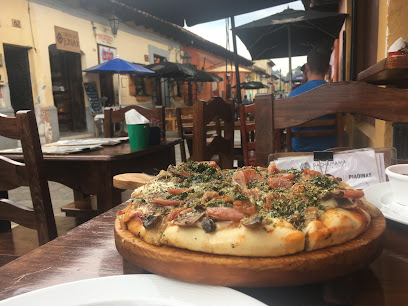
Cocoliche
Discover authentic Chiapas cuisine at Cocoliche - where vibrant flavors meet cultural charm in San Cristóbal de las Casas.

Tía Mechita Pro
Experience authentic Mexican flavors and vibrant sports culture at Tía Mechita Pro in Tuxtla Gutiérrez.

Restaurante el Fogón de Jovel
Discover the essence of Mexican cuisine at Restaurante el Fogón de Jovel in San Cristóbal de las Casas - a must-visit dining destination.
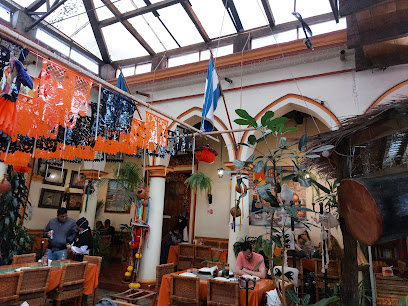
Jardínes de Chiapa Restaurante
Experience authentic Mexican flavors at Jardínes de Chiapa Restaurante in beautiful Chiapa de Corzo – where tradition meets taste.
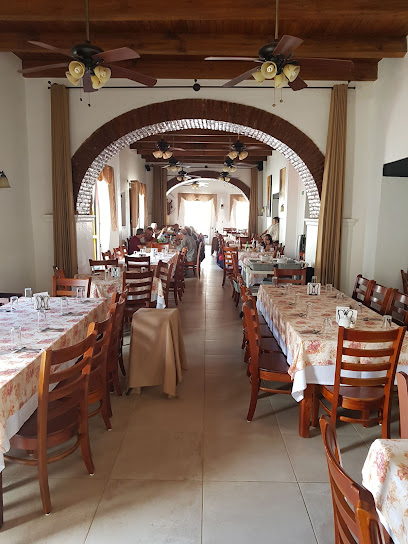
Restaurante Maya Cañada
Discover authentic Mexican flavors at Restaurante Maya Cañada in Palenque - a must-visit destination for food lovers.
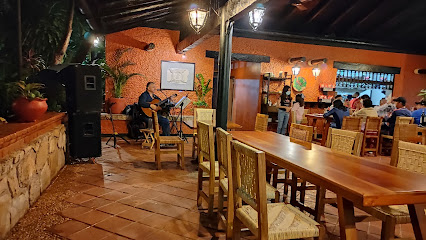
Santo Nahual
Discover the flavors of Mexico at Santo Nahual in San Cristóbal de las Casas – a must-visit for food lovers seeking authentic cuisine and lively atmosphere.

Restaurante Al Sazón Que Me Toquen...
Experience authentic Mexican cuisine at Restaurante Al Sazón Que Me Toquen in San Cristóbal de las Casas - a culinary journey through Chiapas.
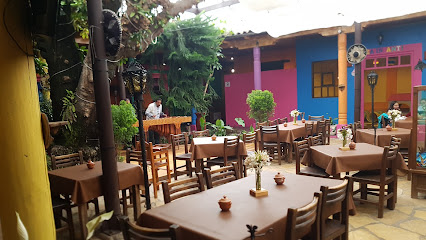
Restaurant Las Nubes Café
Discover Las Nubes Café: A delightful restaurant in San Cristóbal de las Casas serving traditional Mexican cuisine and exquisite coffee.
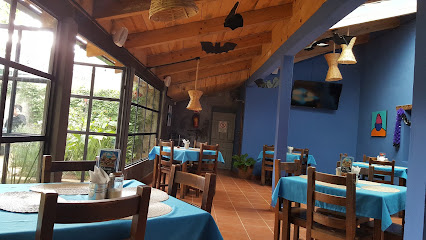
Restaurante las Pichanchas Mirador
Discover authentic Mexican cuisine with breathtaking views at Restaurante las Pichanchas Mirador in Copoya, Chiapas.
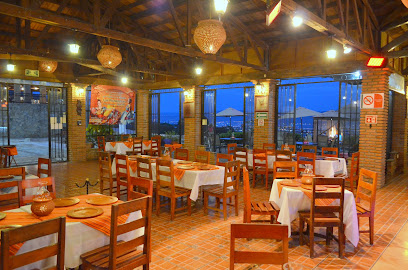
Markets, malls and hidden boutiques
Plaza Ámbar Fashion Mall
Experience shopping, dining, and entertainment at Plaza Ámbar Fashion Mall in Tuxtla Gutiérrez, where fashion meets fun in a vibrant atmosphere.
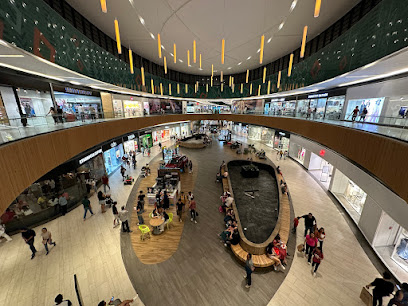
Anime Store - Figuras y Coleccionables
Explore the vibrant world of anime collectibles at Tuxtla Gutiérrez's Anime Store - Figuras y Coleccionables, where every fan finds their treasure.

Amor a Chiapas Bazar
Explore the vibrant and colorful world of local handicrafts at Amor a Chiapas Bazar, a must-visit shopping mall in Tuxtla Gutiérrez.
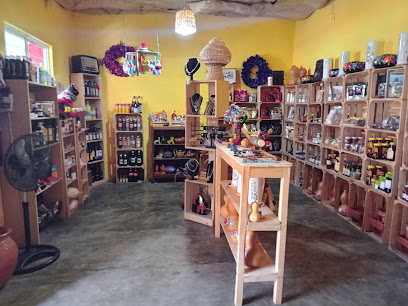
Mercado Artesania
Explore Mercado Artesania in San Cristobal de las Casas: A vibrant marketplace of handcrafted treasures showcasing the artistry of Chiapas.
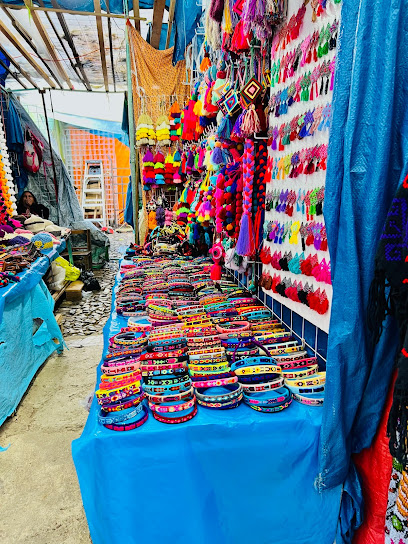
Importaciones Altiva S. A. de C. V.
Explore the vibrant offerings of Importaciones Altiva S. A. de C. V., a premier gift shop in Tuxtla Gutiérrez, featuring unique treasures, accessories, toys, and more.

Sexshop exotic.
Explore the enchanting selection of intimate apparel at Tuxtla Gutiérrez's premier lingerie boutique, a unique shopping experience in Chiapas.

Kyria Collection
Discover Kyria Collection in Tuxtla Gutiérrez, where elegant bridal and dress options await to elevate your fashion game.

Recomendados Chiapas
Discover the heart of Chiapas at Recomendados Chiapas, a charming general store filled with local crafts, snacks, and cultural treasures.
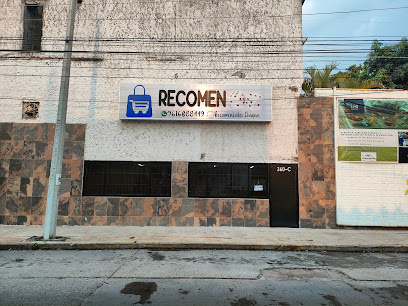
Chiapas Mas
Discover unique local fashion and artisan craftsmanship at Chiapas Mas, the perfect destination for stylish souvenirs in Chiapas, Mexico.
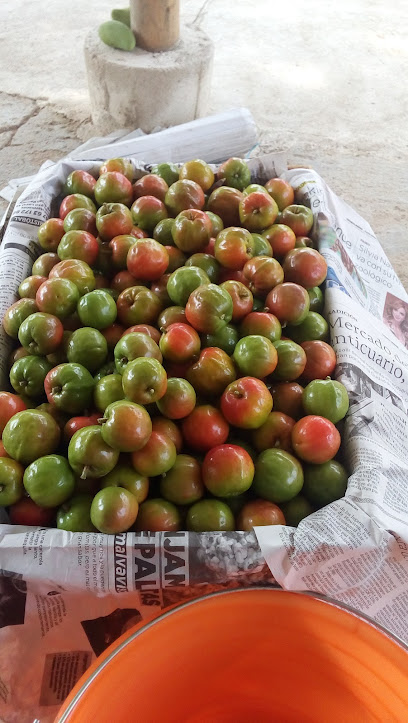
Rapsody clothes
Explore the latest fashion trends at Rapsody Clothes, a stylish clothing store in Tuxtla Gutiérrez offering unique apparel and exceptional service.

¡Ay Güey!
Discover the vibrant clothing and rich craftsmanship of Chiapas at ¡Ay Güey! in San Cristóbal de las Casas, a must-visit for fashion enthusiasts.
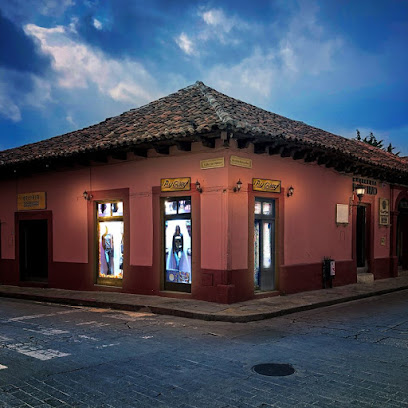
Casa Textil
Explore the colorful world of Casa Textil, where local artisans craft unique clothing and accessories in San Cristóbal de las Casas, Chiapas.
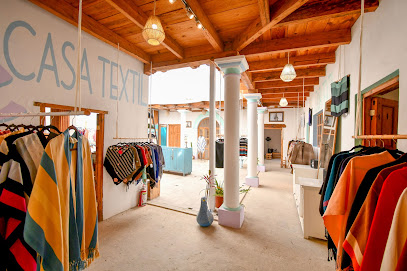
Tienda OSSO
Explore authentic artisan crafts and local culture at Tienda OSSO, a vibrant shopping mall in Chamula, Chiapas, Mexico.
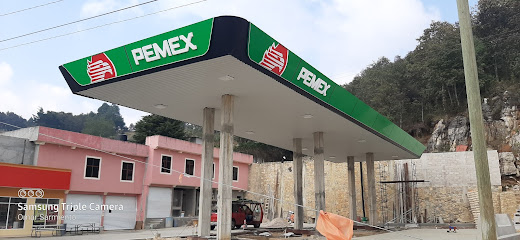
Min shop kpop
Explore Min Shop Kpop in Tuxtla Gutiérrez for unique K-pop memorabilia and local treasures that capture the essence of Chiapas.
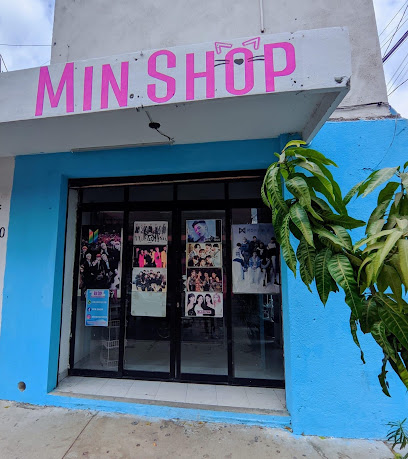
Boutique Arte Sandía
Discover the essence of Chiapas at Boutique Arte Sandía, a unique blend of art gallery and handcrafted treasures.
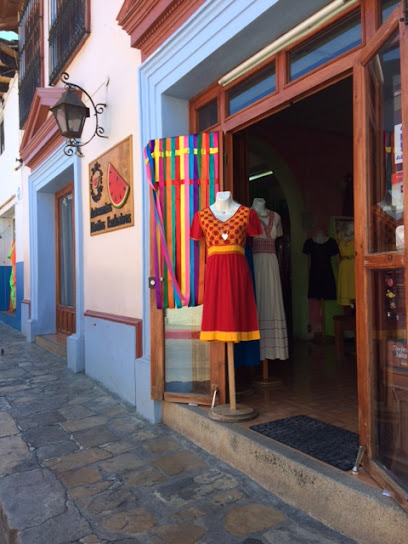
Essential bars & hidden hideouts
La Mocte
Explore the rich flavors of Chiapas at La Mocte, a premier grill restaurant in the heart of Tuxtla Gutiérrez, offering an unforgettable dining experience.
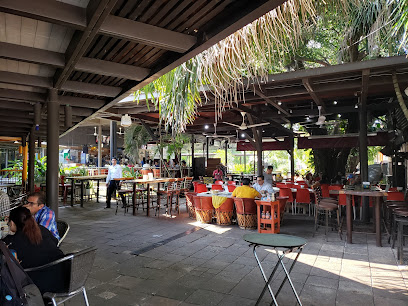
Café Bar Revolución
Experience the lively atmosphere of Café Bar Revolución in San Cristobal de las Casas, offering great drinks, delicious food, and live music in a vibrant setting.
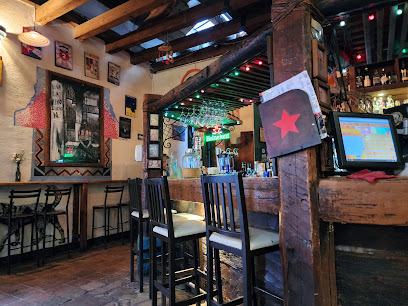
Kinoki
Explore the vibrant culture and flavors of San Cristóbal de las Casas at Kinoki, where gastronomy meets entertainment in an eclectic setting.
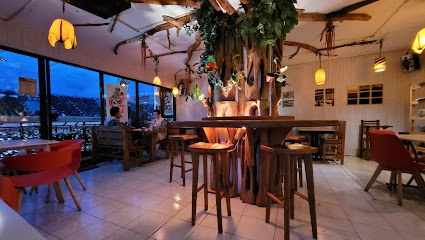
La Viña de Bacco
Experience the vibrant flavors of Spain at La Viña de Bacco, a top tapas bar and wine store in San Cristóbal de las Casas.
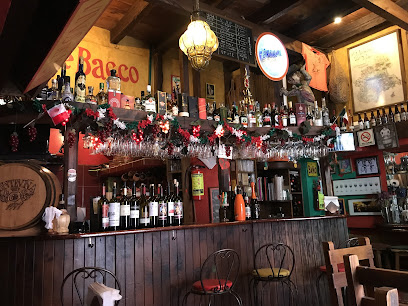
Jack Pub
Experience the lively ambiance and vibrant nightlife at Jack Pub, a premier bar in Tuxtla Gutiérrez offering a variety of drinks and live entertainment.
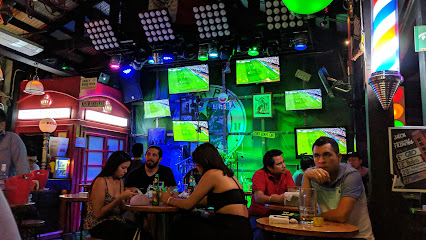
Tarimitas Bar
Discover the vibrant ambiance and refreshing drinks at Tarimitas Bar, a must-visit hangout in Tuxtla Gutiérrez for an authentic taste of local nightlife.
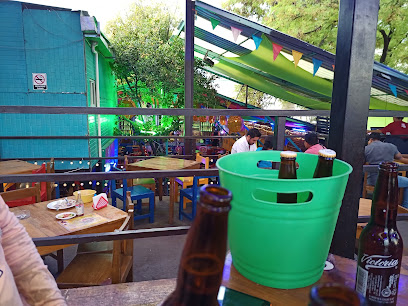
Baruva Food&Drinks
Experience the vibrant nightlife of San Cristóbal de las Casas at Baruva Food&Drinks, a lively bar and disco club with a diverse menu and energetic atmosphere.
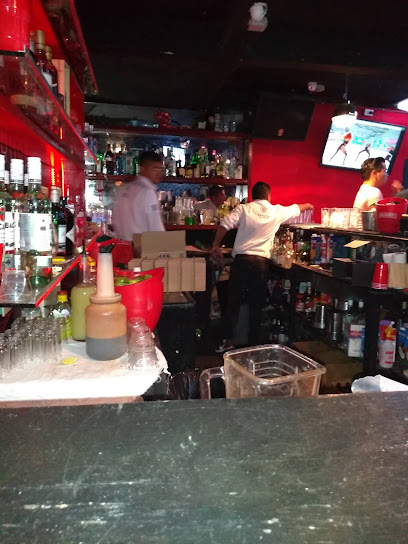
Posheria
Discover Posheria, a charming bar in San Cristóbal de las Casas, where local flavor meets vibrant nightlife in a cozy atmosphere.
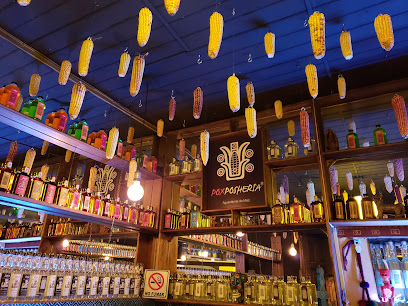
Pipiripau Resto Bar
Discover the vibrant nightlife at Pipiripau Resto Bar in Tuxtla Gutiérrez, a perfect blend of local flavors and lively atmosphere.

Restaurante Bar Chapulines Mezcaleria
Experience the vibrant taste of Chiapas at Restaurante Bar Chapulines Mezcaleria, where mezcal and grilled delicacies come together in a lively atmosphere.
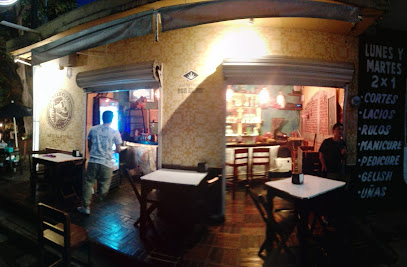
Puro Mexicano Mezcalería
Discover the vibrant atmosphere of Puro Mexicano Mezcalería, where authentic mezcal and live music meet in San Cristóbal de las Casas.
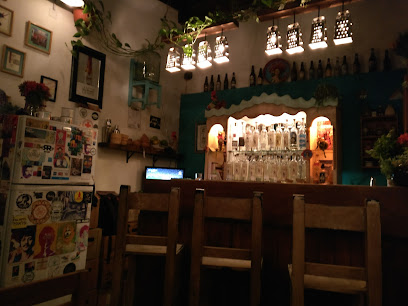
La Tabera KARAOKE
Experience the vibrant nightlife of Tuxtla Gutiérrez at La Tabera KARAOKE, a lively bar where everyone can sing and have fun until dawn.

ZICATELA ROOFTOP
Experience the vibrant ambiance and stunning views at Zicatela Rooftop, the perfect bar for relaxation and socializing in Tuxtla Gutiérrez.
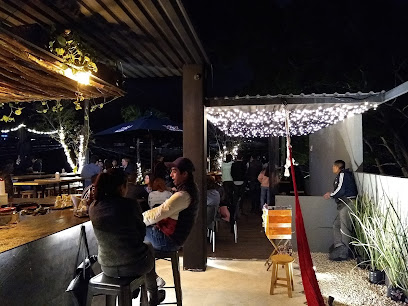
TERRAZA BAR LA PATRONA
Discover the lively ambiance and stunning views of Terraza Bar La Patrona in San Pedro, Chiapas, the perfect spot for a memorable night out.
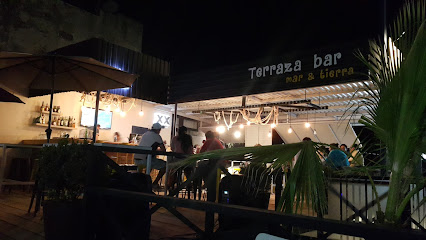
Cadejo's bar
Experience the lively atmosphere and diverse drink selection at Cadejo's Bar in Tuxtla Gutiérrez, a favorite spot for locals and tourists alike.

Local Phrases
-
- HelloHola
[O-la] - GoodbyeAdiós
[Ah-dyos] - YesSí
[See] - NoNo
[Noh] - Please/You're welcomePor favor/De nada
[Por fa-vor/De nah-da] - Thank youGracias
[Gra-see-as] - Excuse me/SorryPerdón/Lo siento
[Per-don/Lo see-en-to] - How are you?¿Cómo estás?
[Ko-mo es-tas] - Fine. And you?Bien. ¿Y tú?
[Byen. Ee too] - Do you speak English?¿Hablas inglés?
[A-blas een-gles] - I don't understandNo entiendo
[Noh en-tee-en-do]
- HelloHola
-
- I'd like to see the menu, pleaseMe gustaría ver el menú, por favor
[Me goo-sta-ree-a ver el me-noo, por fa-vor] - I don't eat meatNo como carne
[Noh ko-mo kar-ne] - Cheers!¡Salud!
[Sah-lood] - I would like to pay, pleaseMe gustaría pagar, por favor
[Me goo-sta-ree-a pa-gar, por fa-vor]
- I'd like to see the menu, pleaseMe gustaría ver el menú, por favor
-
- Help!¡Ayuda!
[Ayoo-da] - Go away!¡Vete!
[Ve-te] - Call the Police!¡Llama a la policía!
[Ya-ma a la po-li-sya] - Call a doctor!¡Llama a un doctor!
[Ya-ma a un dok-tor] - I'm lostEstoy perdido/a
[Es-toy per-dee-do/a] - I'm illEstoy enfermo/a
[Es-toy en-fer-mo/a]
- Help!¡Ayuda!
-
- I'd like to buy...Me gustaría comprar...
[Me goo-sta-ree-a kom-prar] - I'm just lookingSólo estoy mirando
[So-lo es-toy mee-ran-do] - How much is it?¿Cuánto cuesta?
[Kwan-to kwe-sta] - That's too expensiveEso es demasiado caro
[E-so es de-ma-sya-do ka-ro] - Can you lower the price?¿Puede bajar el precio?
[Pwe-de ba-har el pre-syo]
- I'd like to buy...Me gustaría comprar...
-
- What time is it?¿Qué hora es?
[Ke ora es] - It's one o'clockEs la una
[Es la oo-na] - Half past (10)Media (10)
[Me-dee-a (10)] - MorningMañana
[Ma-nya-na] - AfternoonTarde
[Tar-de] - EveningNoche
[No-che] - YesterdayAyer
[Ay-er] - TodayHoy
[Oy] - TomorrowMañana
[Ma-nya-na] - 1Uno
[Oo-no] - 2Dos
[Dos] - 3Tres
[Tres] - 4Cuatro
[Kwa-tro] - 5Cinco
[Seen-ko] - 6Seis
[Sayz] - 7Siete
[Syet-te] - 8Ocho
[O-cho] - 9Nueve
[Nwe-ve] - 10Diez
[Dyeth]
- What time is it?¿Qué hora es?
-
- Where's a/the...?¿Dónde está un/el...?
[Don-de es-ta oon/el] - What's the address?¿Cuál es la dirección?
[Kwal es la dee-rek-syon] - Can you show me (on the map)?¿Puedes mostrarme (en el mapa)?
[Pwe-des mos-trar-me (en el ma-pa)] - When's the next (bus)?¿Cuándo es el próximo (autobús)?
[Kwan-do es el pro-ksy-mo (au-to-bus)] - A ticket (to ....)Un boleto (para ....)
[Oon bo-le-to (pa-ra)]
- Where's a/the...?¿Dónde está un/el...?
History of Chiapas
-
Chiapas was an important region for the ancient Maya civilization, which flourished between 2000 BCE and 1500 CE. The state is home to several impressive Maya archaeological sites, such as Palenque, Yaxchilán, and Bonampak. Palenque, in particular, is renowned for its well-preserved ruins and intricate hieroglyphics, offering insights into Maya culture, politics, and religious practices.
-
In the early 16th century, Spanish conquistadors, led by Pedro de Alvarado, began their campaign to conquer Chiapas. The indigenous populations, including the Maya and Zoque, resisted fiercely, but by 1528, the region was largely under Spanish control. During the colonial period, Chiapas became part of the Viceroyalty of New Spain. The Spanish introduced new agricultural practices, religion, and governance, leading to significant cultural and social changes in the region.
-
After Mexico gained independence from Spain in 1821, Chiapas faced a period of political turmoil. The region was initially divided between those who wanted to join the newly independent Mexico and those who preferred to remain part of Guatemala. In 1824, after a series of local conflicts and political negotiations, Chiapas decided to annex to Mexico, becoming an official state in the new nation.
-
Throughout the 19th century, Chiapas was marked by various conflicts, including the Caste War of Yucatán, which spilled over into the state. Indigenous communities, particularly the Maya, continued to resist exploitation and marginalization. These struggles for land rights and autonomy laid the foundation for future movements advocating for indigenous rights in Chiapas.
-
On January 1, 1994, the Zapatista Army of National Liberation (EZLN), composed mainly of indigenous peoples, launched an armed uprising in Chiapas. They declared war against the Mexican government, demanding land reform, greater political autonomy, and recognition of indigenous rights. The uprising drew international attention to the plight of indigenous communities in Chiapas and led to significant, albeit slow, political and social reforms in the region.
-
Chiapas is a culturally rich region with a vibrant mix of indigenous and colonial heritage. Traditional festivals, such as the Fiesta Grande de Enero in Chiapa de Corzo and the Day of the Dead celebrations, showcase the state’s diverse cultural practices. The region is also known for its unique crafts, including textiles, pottery, and amber jewelry, which reflect the intricate artistry of its indigenous communities.
-
Chiapas is renowned for its stunning natural landscapes, which range from the highlands of San Cristóbal de las Casas to the lush Lacandon Jungle. The state is home to numerous national parks and protected areas, such as the Sumidero Canyon and the Montes Azules Biosphere Reserve. These natural wonders not only attract tourists but also play a crucial role in preserving the region’s rich biodiversity.
Chiapas Essentials
-
Chiapas is located in the southern region of Mexico. The primary airport serving the region is Ángel Albino Corzo International Airport (TGZ) in Tuxtla Gutiérrez, the state capital. From there, you can take buses, taxis, or rent a car to explore other areas of Chiapas such as San Cristóbal de las Casas, Palenque, or Comitán. Alternatively, you can also reach Chiapas by long-distance buses from major cities like Mexico City, Oaxaca, and Mérida.
-
Within Chiapas, public transportation options include buses, colectivos (shared vans), and taxis. For traveling between towns, ADO buses are reliable and comfortable. In smaller towns and rural areas, colectivos are a popular and cost-effective way to get around. Renting a car offers the freedom to explore at your own pace but be prepared for mountainous terrain and winding roads. In cities like San Cristóbal de las Casas, walking is the best way to explore the narrow streets and local attractions.
-
The official currency in Mexico is the Mexican Peso (MXN). Credit and debit cards are widely accepted in most urban areas, hotels, and restaurants. However, in smaller towns and rural areas, it's advisable to carry cash. ATMs are available in major cities and tourist areas, but it's wise to withdraw sufficient cash before heading to remote locations. Currency exchange services are available at airports, banks, and exchange bureaus.
-
Chiapas is generally safe for tourists, but it's important to take standard precautions. Avoid walking alone at night, especially in unfamiliar or poorly lit areas. Be cautious with your belongings in crowded places. Some areas, such as the outskirts of Tuxtla Gutiérrez, have higher crime rates. Always stay informed about the current safety situation and follow local advice. It's best to travel with a reputable guide when exploring remote areas or indigenous communities.
-
In case of emergency, dial 911 for immediate assistance. Major hospitals and medical facilities are located in cities like Tuxtla Gutiérrez and San Cristóbal de las Casas. It is highly recommended to have travel insurance that covers medical emergencies. For minor health issues, pharmacies (farmacias) are available throughout the region where you can purchase over-the-counter medications.
-
Fashion: Do dress modestly, especially when visiting indigenous communities and religious sites. Avoid wearing overly revealing clothing. Religion: Do respect local customs and traditions. Always ask for permission before taking photos of people, especially in indigenous areas. Public Transport: Do be respectful to other passengers. Don't eat or drink on public transport. Greetings: Do greet people with a polite 'Buenos días' (Good morning) or 'Buenas tardes' (Good afternoon). A handshake is common. Eating & Drinking: Do try local dishes and accept food offerings graciously. Don't refuse hospitality, as it is considered impolite.
-
To experience Chiapas like a local, visit the vibrant markets in towns like San Cristóbal de las Casas and Comitán, where you can buy fresh produce and traditional handicrafts. Engage with locals, as they are often friendly and willing to share stories about their culture and traditions. Don't miss visiting the Sumidero Canyon, the ancient Mayan ruins of Palenque, and the beautiful waterfalls of Agua Azul and Misol-Ha. For an authentic experience, participate in local festivals and try traditional dishes like tamales, mole, and pozol.
Trending Landmark in Chiapas
-
Zona Arqueológica Palenque
-
Agua Azul Waterfalls
-
Parque Nacional Cañón del Sumidero
-
Parque Morelos Bicentenario
-
Glorioso Cristo de Chiapas
-
Catedral de San Cristóbal de las Casas
-
Catedral Metropolitana de San Marcos
-
Parque Ecoturístico Rancho Nuevo
-
Archaeological Site of Yaxchilán
-
Grutas Del Mamut
-
Reserva Ecológica y Jardín de Orquídeas Moxviquil
-
Parque Nacional Lagunas de Montebello
-
Bonampak
-
Mirador Cañón del Sumidero
-
Reserva de la Biósfera Montes Azules
Nearby Cities to Chiapas
-
Things To Do in Quetzaltenango
-
Things To Do in Chichicastenango
-
Things To Do in Panajachel
-
Things To Do in Lake Atitlán
-
Things To Do in Flores
-
Things To Do in Antigua Guatemala
-
Things To Do in Guatemala City
-
Things To Do in Tikal
-
Things To Do in Oaxaca
-
Things To Do in Veracruz
-
Things To Do in Puerto Escondido
-
Things To Do in San Ignacio
-
Things To Do in Campeche
-
Things To Do in Rio Dulce
-
Things To Do in Punta Gorda
















